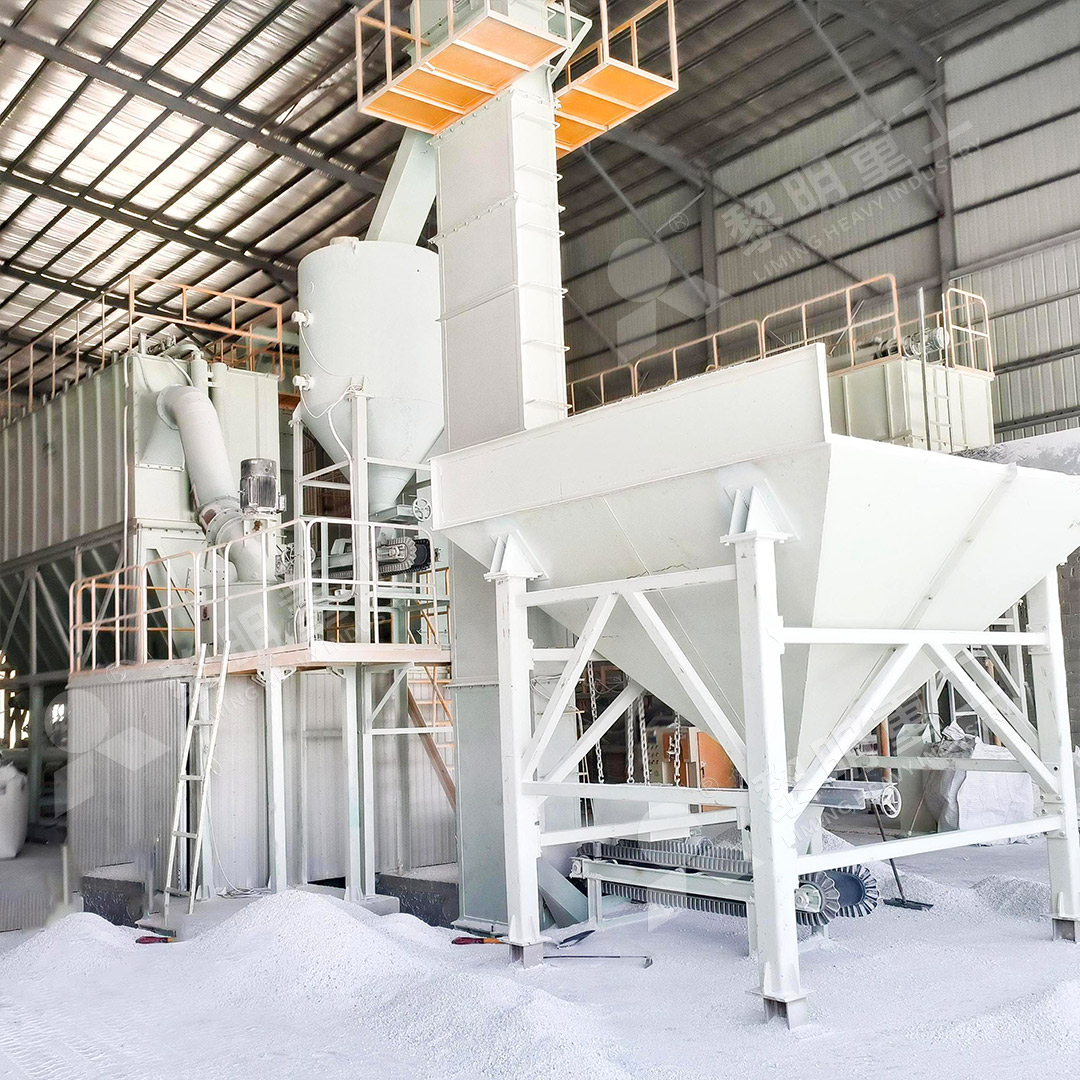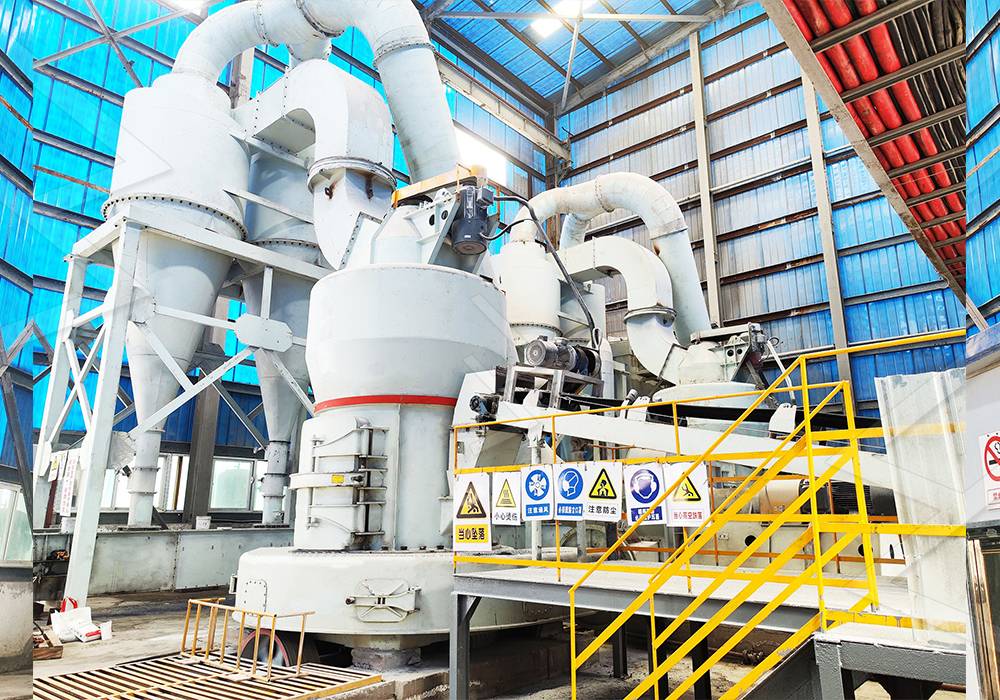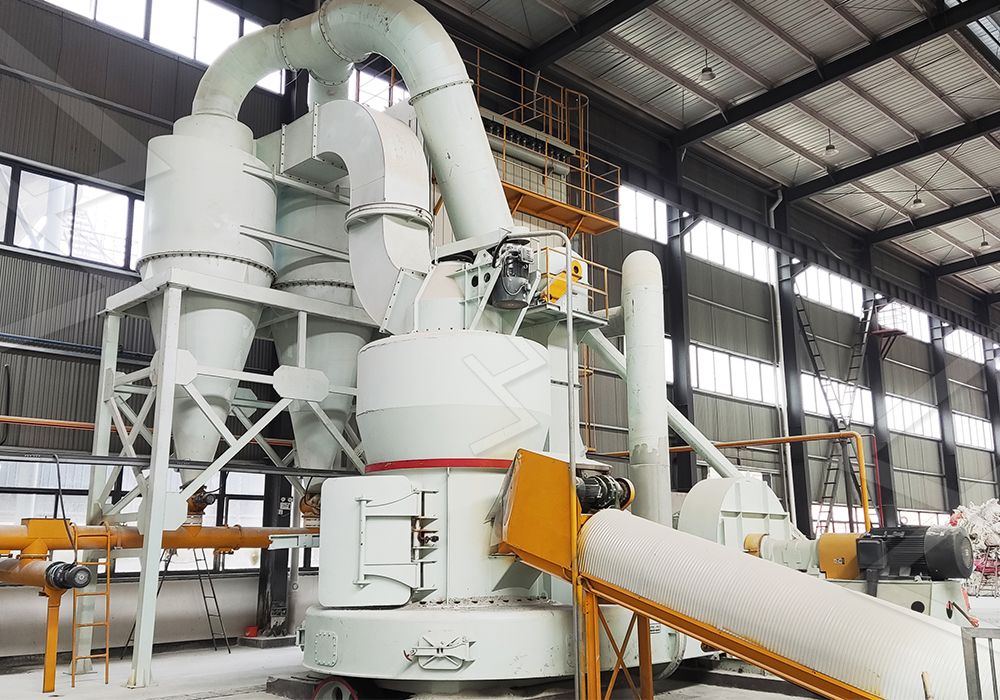Graphite Grinding Mill Price Guide: Factors & Cost Analysis
Graphite Grinding Mill Price Guide: Factors & Cost Analysis
When investing in graphite grinding equipment, understanding the factors that influence pricing is crucial for making an informed decision. The cost of graphite grinding mills varies significantly based on multiple technical and operational considerations that directly impact both initial investment and long-term operational expenses.
Key Factors Affecting Grinding Mill Pricing
Production Capacity Requirements
The required throughput capacity represents one of the most significant cost drivers. Mills designed for higher production capacities naturally command higher prices due to larger components, more powerful motors, and enhanced structural requirements. For graphite processing, capacity requirements typically range from small-scale laboratory units (0.5-2 tph) to large industrial systems (25+ tph).
Fineness Specifications
The target particle size distribution dramatically impacts equipment selection and cost. Graphite applications requiring ultra-fine powders (325-2500 meshes) necessitate more sophisticated separation technology and precision engineering, increasing the overall investment. The ability to consistently achieve narrow particle size distributions requires advanced classifier systems that contribute substantially to the final price.

Energy Efficiency Considerations
Modern grinding mills incorporate various energy-saving technologies that affect both upfront costs and operational expenses. Mills with optimized grinding curves and efficient drive systems may carry a premium initially but deliver substantial savings through reduced power consumption. The MW Ultrafine Grinding Mill exemplifies this approach, achieving 40% higher production capacity with the same power input compared to conventional jet mills.
Environmental Compliance Features
Integrated dust collection systems, noise reduction technology, and emission controls contribute significantly to the overall cost. Regulations governing particulate emissions and workplace noise levels require sophisticated engineering solutions. Equipment like the MW Ultrafine Grinding Mill comes with efficient pulse dust collectors and mufflers as standard features, ensuring compliance without additional investments.
Technical Considerations Beyond Initial Price
Maintenance Requirements and Downtime Costs
The design philosophy significantly impacts long-term ownership costs. Mills featuring external lubrication systems and accessible components reduce maintenance downtime and associated production losses. The innovative design of the MW Ultrafine Grinding Mill eliminates rolling bearings and screws within the grinding chamber, preventing common failure points and enabling continuous 24-hour operation.
Material Versatility and Flexibility
Equipment capable of processing multiple materials provides better return on investment. While specifically discussing graphite grinding, mills that can handle various minerals and chemicals offer operational flexibility. The MW series demonstrates this capability, effectively processing limestone, calcite, dolomite, and various other materials beyond graphite.

Automation and Control Systems
The level of automation integrated into the grinding system affects both price and operational efficiency. Advanced PLC controls, remote monitoring capabilities, and automated adjustment systems represent significant value additions that justify higher initial investments through improved consistency and reduced labor requirements.
MW Ultrafine Grinding Mill: A Cost-Effective Solution
For operations requiring ultra-fine graphite powders, the MW Ultrafine Grinding Mill presents a compelling balance of performance and cost efficiency. With an input size capability of 0-20 mm and capacity ranging from 0.5-25 tph, this equipment suits various production scales. The integration of German cage-type powder selector technology enables precise fineness adjustment between 325-2500 meshes, ensuring product quality consistency.
The economic advantages become particularly evident when considering the complete system approach. The MW mill’s higher yielding capacity at lower energy consumption translates to approximately 30% reduced operating costs compared to alternative technologies. The elimination of internal bearings and screws addresses common maintenance challenges, further enhancing the total cost of ownership profile.

For operations with different requirements, the LUM Ultrafine Vertical Grinding Mill offers an alternative approach with its unique roller technology and powder separating capabilities. With 0-10 mm input size handling and 5-18 tph capacity, it provides another option for specific graphite processing applications.
Total Cost of Ownership Analysis
Beyond the initial purchase price, savvy operators consider the complete financial picture:
- Energy Consumption: Modern mills can reduce power requirements by 30-50% compared to conventional designs
- Wear Part Replacement: Advanced materials extend service life by 1.7-2.5 times
- Labor Requirements: Automated systems reduce operational staffing needs
- Production Efficiency: Higher yield rates improve revenue generation per operating hour
- Environmental Compliance: Integrated systems avoid additional pollution control investments
Frequently Asked Questions
What is the typical price range for a graphite grinding mill?
Pricing varies significantly based on capacity and specifications, ranging from approximately $50,000 for small capacity units to over $500,000 for high-capacity systems with advanced features.
How does fineness requirement affect the cost?
Achieving finer particle sizes requires more sophisticated separation technology and precision engineering, typically increasing equipment costs by 15-30% for ultra-fine applications compared to standard grinding requirements.
What operational costs should I consider beyond the purchase price?
Key operational costs include energy consumption (typically 30-50% of operating cost), wear part replacement, maintenance labor, and any environmental compliance expenses not addressed by integrated systems.
How long until a grinding mill investment reaches breakeven?
Depending on operational scale and product value, most modern grinding mills achieve return on investment within 18-36 months through production efficiency gains and operational cost savings.
Can the same mill process different materials beyond graphite?
Yes, mills like the MW Ultrafine Grinding Mill are designed for versatile applications including limestone, calcite, dolomite, and various other minerals and chemicals, providing operational flexibility.
